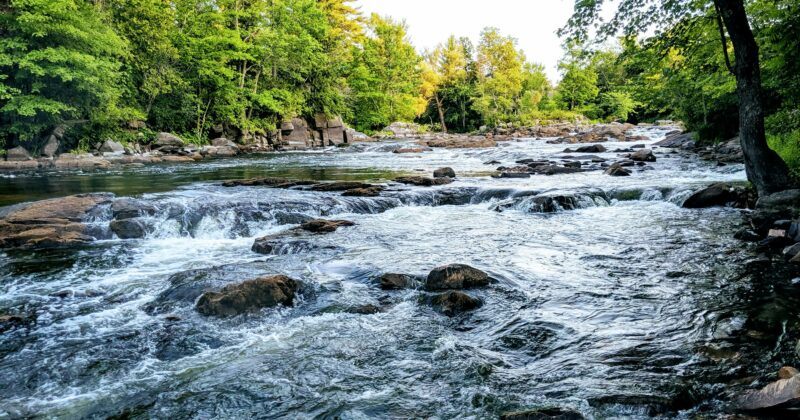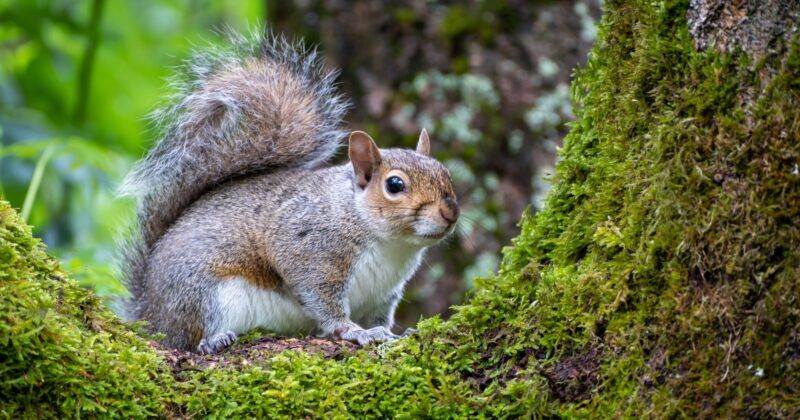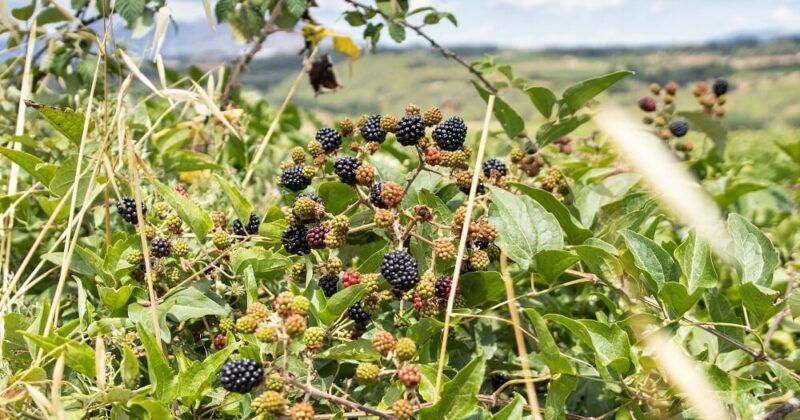
IUCN Red List Update
The International Union for Conservation of Nature (IUCN) Red List of Threatened Species collates the extinction risk of animal, plant and fungi species. It is used to gain an insight into biodiversity health and aid conservation decisions. The assessment lists species into one of the below categories:Not EvaluatedData DeficientLeast ConcernNear ThreatenedVulnerableEndangeredCritically EndangeredExtinct in the wildExtinct157,190 species have been assessed to date with over 44,000 species threatened with extinction.As the COP28 UN climate conference takes place in Dubai, the IUCN released an update to the list on Monday 11 December 2023 in the hopes of bringing attention to the link between biodiversity and climate change.The update included the first global freshwater fish assessment which found that one quarter of the assessed species are at risk of extinction. Freshwater fish are crucial to ecosystem function, human food provision and livelihoods. Threats to freshwater fish species are summarised in the table below.
Threat
% Freshwater Fish Species affected
Climate changePollutionDams & water extractionOverfishingInvasive species & disease1757452533An...





